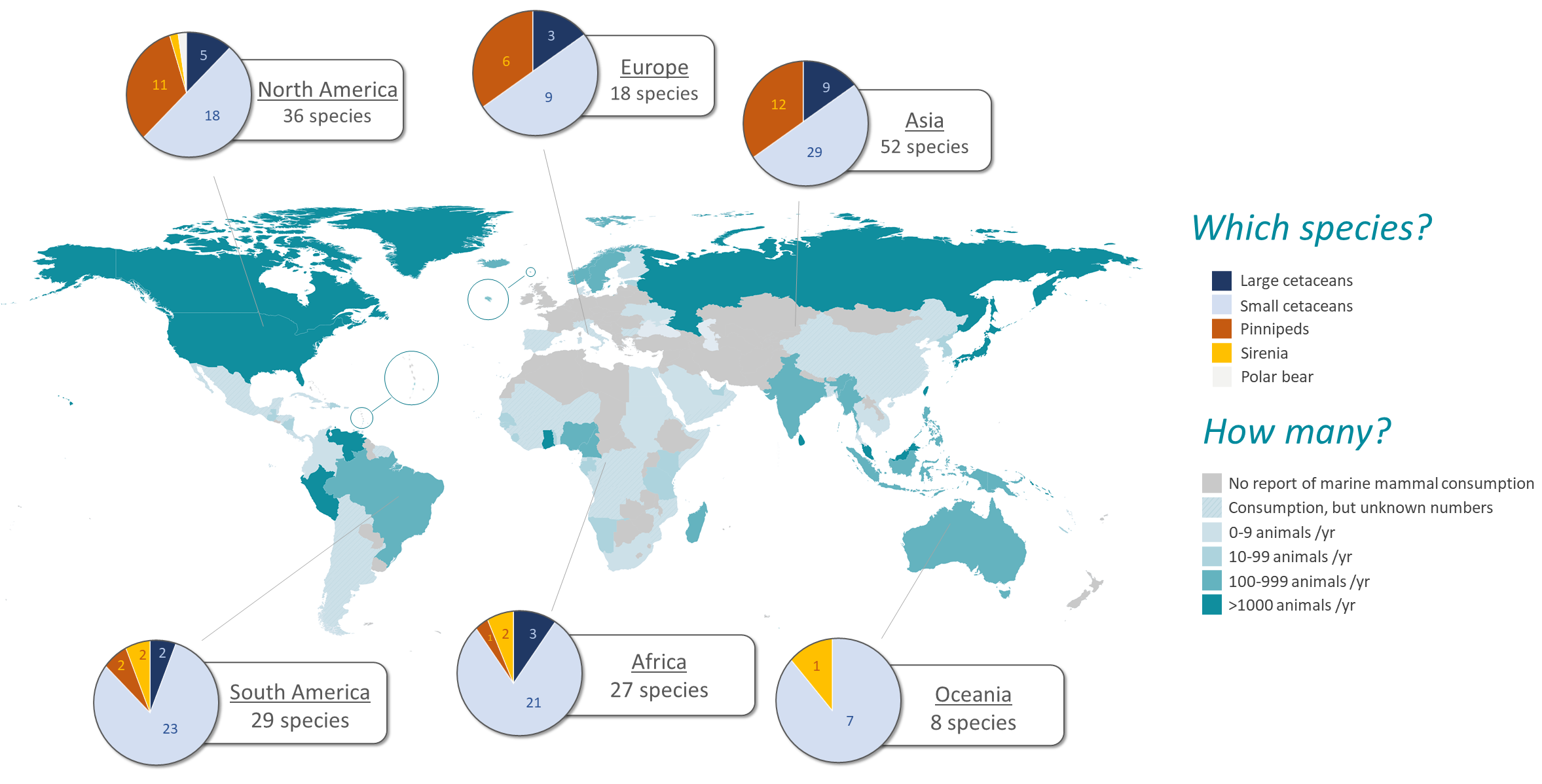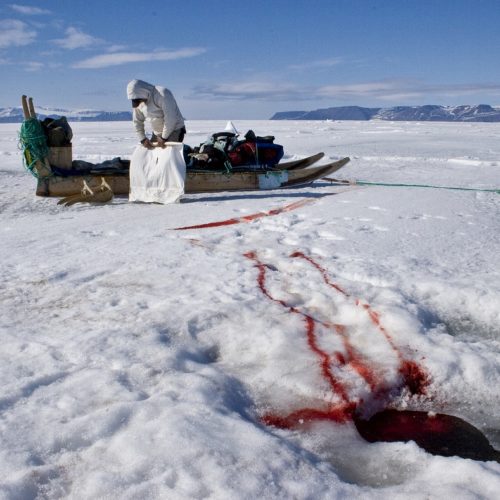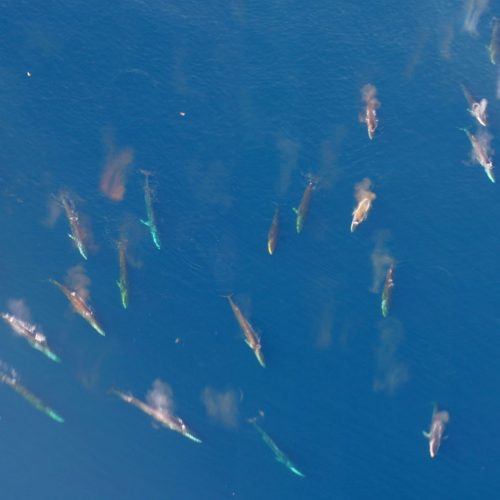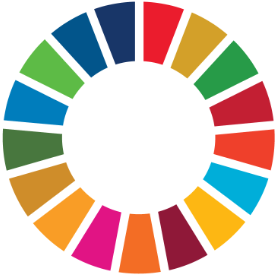Since pre-historic times, stranded or hunted marine mammals have represented resources for many coastal communities worldwide, both in terms of food and materials but also as artistic and spiritual inspiration. Their appearance in rock carvings, legends, writings, literature and art testify of this deep-rooted and persistent dual importance: ‘feeding body and souls’.

Marine mammal hunting dates back at least 9,000 years. And nowdays, whaling and sealing still provide food for many coastal communities, simply because marine mammals are present, nearby and abundant, and therefore a logical resource. Today, at least 85 different species of marine mammals are consumed in over 100 countries around the world.

In the northern latitudes, especially in the Arctic, marine mammals represent a predominant component of the marine ecosystem and have acquired a special significance because of their abundance compared to the scarcity of land resources. Their year-round availability has enabled small, remote and isolated northern coastal communities to survive and to maintain a relatively high degree of self-sufficiency in food and material production. They have also now become a highly prized recreational resource.
Read more on the multiple facets of the marine mammal resource:











